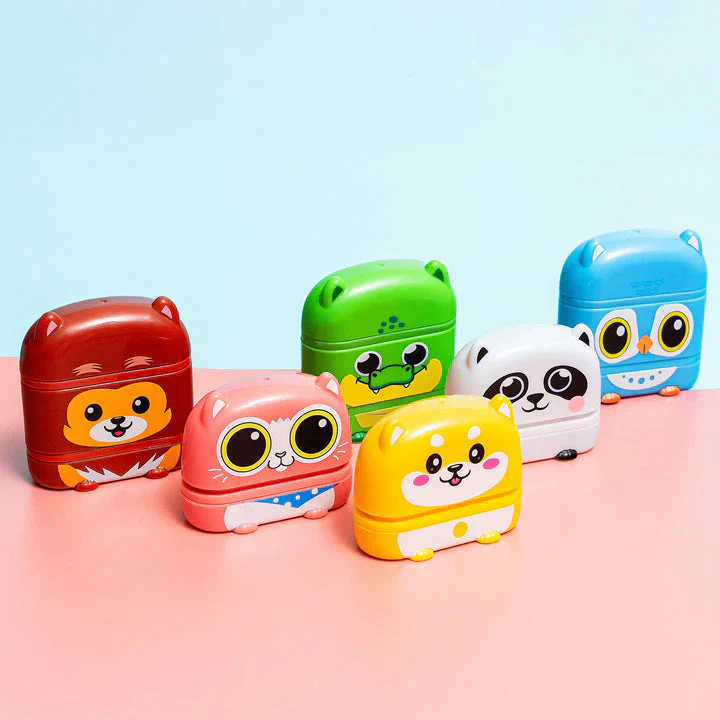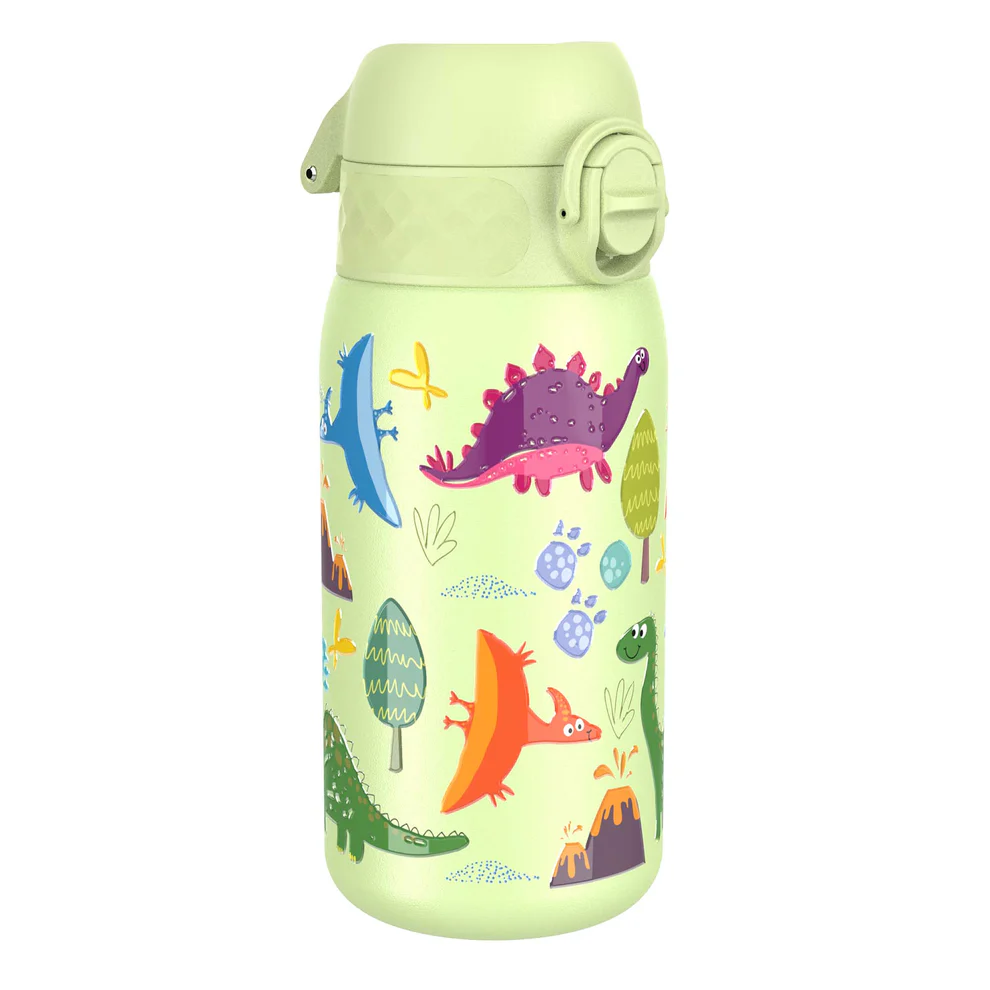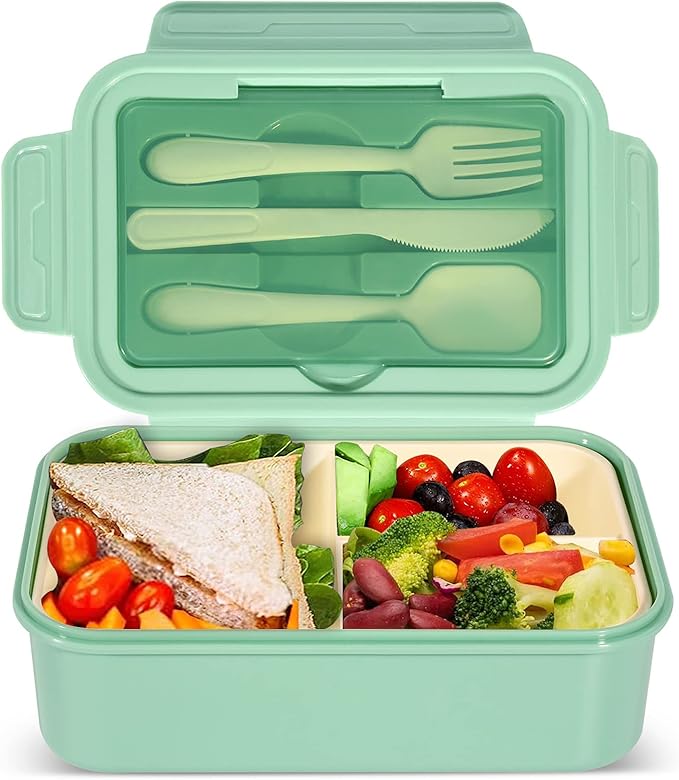Starting school is such a big milestone – for both children and parents! Whether your little one is about to begin Reception or moving into a new school setting, it’s completely normal to feel a mix of excitement and nerves.
There’s so much to think about when preparing your child to start school, and in the rush it’s easy to overlook the small things that make those first days go more smoothly.
As both a mum and a teacher, I’ve put together five practical tips for parents to help make the transition easier. These simple reminders can reduce stress and help your child feel confident and ready for their first day of school.
1. Name Everything!
If it moves – name it! Jumpers, shoes, water bottles, lunch boxes, even socks… everything has a way of disappearing at school. Our eldest came home with only one shoe (on more than one occasion), so trust me, labelling everything is worth the effort.
Why it matters
Helps teachers return lost items quickly
Reduces morning stress trying to find missing clothes or equipment
Teaches children to take responsibility for their belongings
Ways to label items
Stickers: Great for shoes, water bottles, and lunch boxes
Iron-on or sew-in labels: Perfect for school uniforms, jumpers, and PE kits
Stamp kits: Quick and fuss-free for multiple items
We personally love Tinyme labels – they survive the dishwasher, stay put in shoes, and you can build bundles to save money. Some parents even use colour-coded labels to make it easier for younger children to identify their belongings.
Extra Tip: Make sure to label the inside of jackets and coats – they often get left in cloakrooms – as well as little items like hats, gloves, and scarves, and get your child involved by helping them recognise their own name on the labels to build confidence and independence.
Labelling everything may seem like a small step, but it can make a huge difference during the first weeks of school and helps your child feel more organised and confident.
2. Try On the School Uniform
It might feel a little early, but getting your child to practise trying on their new school uniform can make a huge difference to their confidence on the first day.
Why it helps:
Ensures the uniform fits comfortably – no surprise scratchy jumpers or tight collars on day one.
Gives your child a chance to get used to changing in and out of their uniform independently.
Lets you tackle tricky items like buttons, zips, or tights in a relaxed way at home, rather than during the morning rush.
Encourage your child to dress themselves independently, practise layering for colder months, and use a small mirror or spot in the bedroom so they can check themselves – these little routines make getting ready for school fun, boost confidence, and take the stress out of busy mornings.
3. Lunch Box or School Dinners?
Deciding between packed lunches, school dinners, or a mix of both is another key part of preparing your child for school, and it’s best not to leave it to the last minute.
If you’re choosing school dinners:
Look at the menu in advance so you know what’s available and can talk through the options with your child.
Learn how the booking system works ahead of time – some schools require bookings weeks in advance.
Encourage your child to make simple choices themselves; it helps them feel involved and confident.
If you’re sending a packed lunch:
Make sure the lunch box is named and easy for your child to open independently. I once bought a lovely Bento box, only to discover my daughter couldn’t open it herself – a small detail that made mornings tricky!
Prep ahead whenever possible. I batch-cook mini quiches, sausage rolls, veggie bites, and freeze them – pop them straight in the lunchbox and they’re defrosted by lunchtime.
Include a mix of familiar favourites and a small treat or fruit to keep lunches exciting and nutritious.
Extra Tip: Pack reusable cutlery and napkins to encourage independence and reduce waste, teach your child how to open drink bottles and containers before school starts, and label all lunch items – including small containers – to avoid mix-ups.
4. Break In School Shoes
We’ve all worn shoes that rubbed until they softened, and little ones are no different. Having your child wear their school shoes around the house or on short trips before the first day can prevent painful blisters and help them get used to walking comfortably. We found going to get their feet measured at Clarks a great way to get a professional measurement but then ordering from Clarks outlet, allowed us to choose a high quality shoe at a lower price.
It’s also a good opportunity to practise putting shoes on the correct feet and to encourage independence with buckles, Velcro, or laces if they’re ready. You could even turn it into a little game – seeing how quickly they can put their shoes on or matching the right shoes to the right feet.
Extra Tip: Let your child walk on different surfaces at home, like carpet, tiles, or garden paths, to make sure the shoes feel comfortable everywhere. Check that socks fit well and don’t bunch up, as this can make new shoes uncomfortable.
Getting your child confident in their shoes ahead of time saves stress during the morning rush and helps them feel independent and ready for school.
5. Talk About Expectations
Helping your child know what to expect can make the whole experience feel much less daunting. Before the first day, practise the route to school together so they’re familiar with how long it takes and any landmarks along the way. Talk through drop-off and pick-up routines so they know who will be seeing them in and out of school each day.
Go over what a typical day might look like, including uniform, teachers, classroom activities, lunch, and playtime. The more familiar these details are, the more confident and secure your child will feel. Encourage questions along the way – it’s perfectly normal for little ones to be curious or a bit nervous, and giving them the space to ask helps ease those worries.
Extra Tip: Walk past the school at different times of day, look at pictures online or in prospectuses, and talk about what they’re looking forward to most. Even small familiarisation activities can make a big difference to a child starting school.
Our Final Thoughts
Preparing your child for school doesn’t need to be overwhelming. With a few simple steps – naming everything, trying on uniforms, planning lunches, breaking in school shoes, and talking through routines – you can reduce stress and focus on the exciting parts of starting school: making new friends, enjoying new adventures, and taking a big step towards independence.
Remember, every child adjusts at their own pace, and it’s perfectly normal for both children and parents to feel a mix of nerves and excitement. By taking these small, practical steps, you’re helping your child feel confident and ready for their first day of school and the weeks ahead.
Here’s to a smooth, happy, and confident start to school life!.
Starting School: Frequently Asked Questions for Parents
Lay out their uniform, pack the lunchbox or check dinner bookings, and get bags ready. A calm evening helps everyone feel more relaxed.









